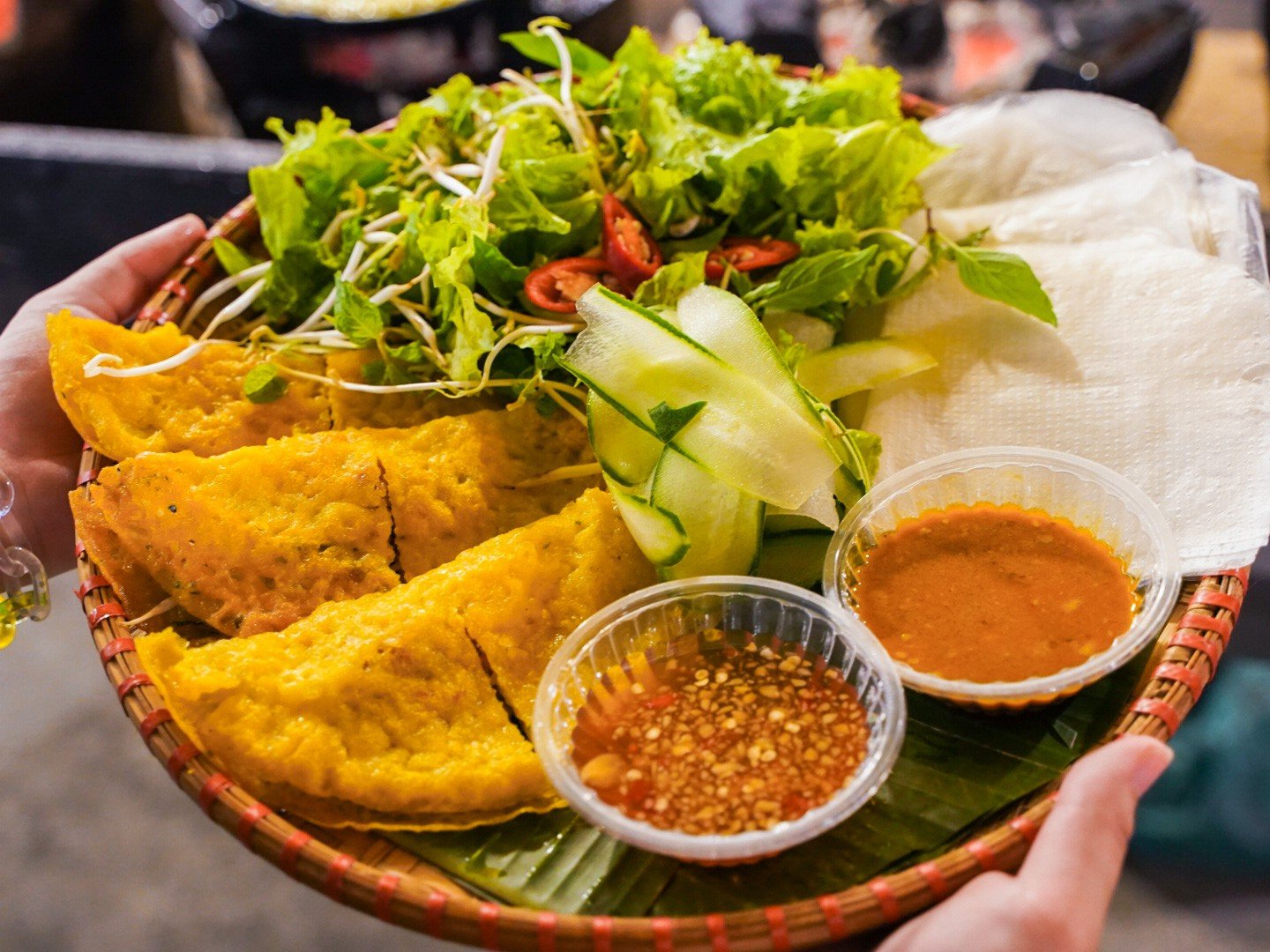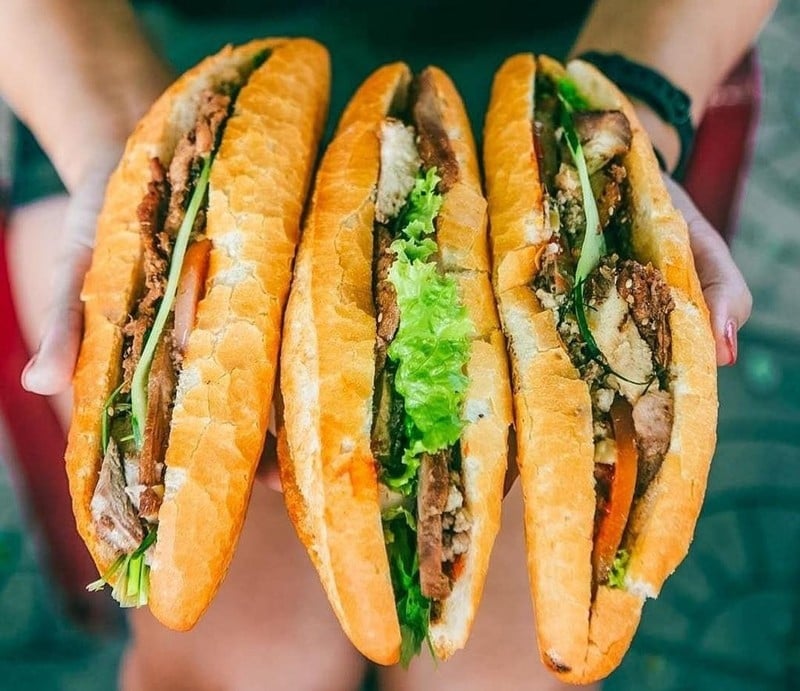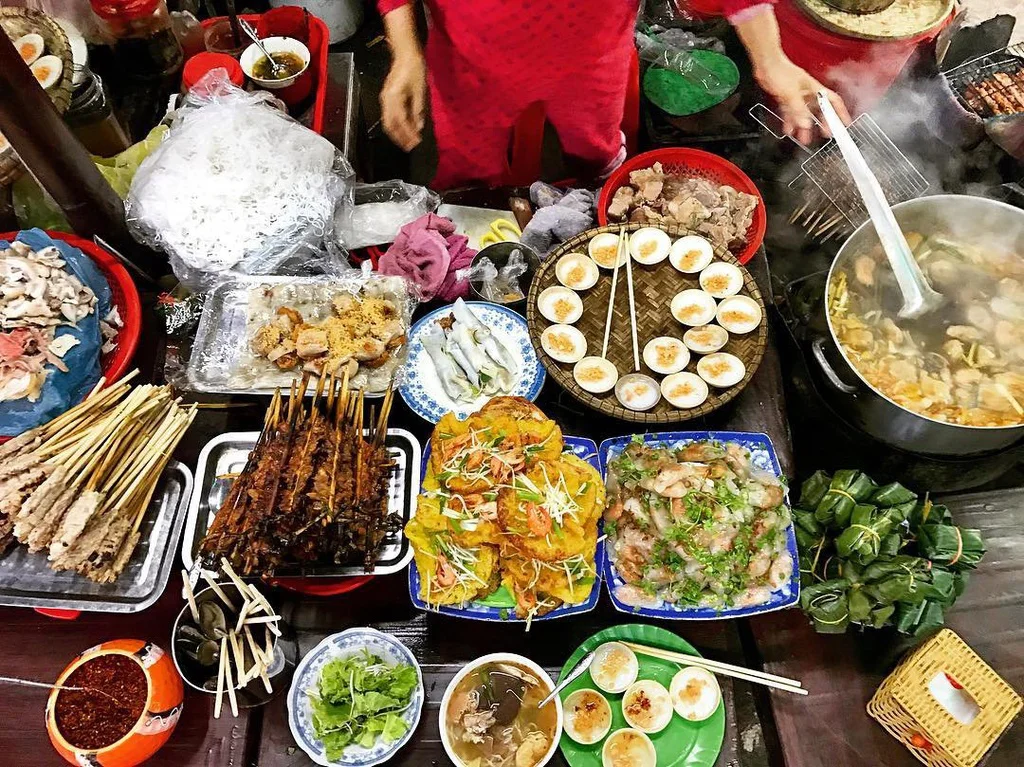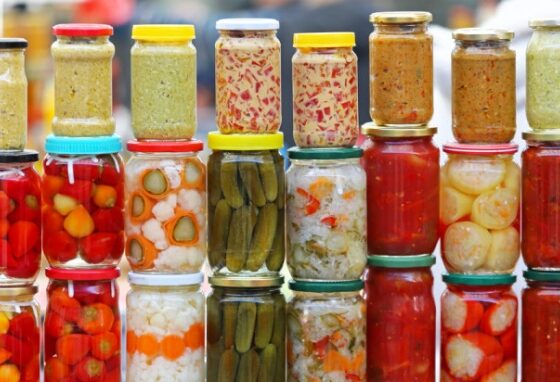Table of Contents Show
In a world where culinary experiences often come with a hefty price tag, Vietnam stands out as a destination that provides exceptional flavors at a fraction of the cost. For food lovers seeking new tastes and connections, Vietnam culinary tourism offers a delectable gateway to discover the country’s rich heritage. In Vietnam, the best meal you’ll ever have might cost less than an espresso, inviting you to explore the flavors and stories that define this captivating nation.
Read more interesting posts here:
- Vegan Food in Vietnam: A Culinary Journey for Travelers
- A Food Lover’s Guide to Vietnam Outdoor Cuisine: From Market to Trail
- Experiencing Gong Culture Vietnam: Where Music Becomes Memory
Street food highlights of Vietnam culinary tourism

One of the most enticing aspects of Vietnamese food culture is its bustling street food scene. From the aromatic stalls lining the streets of Hanoi to the lively markets of Ho Chi Minh City, the vibrancy of street food reflects the heart of local life. Here, food is not merely sustenance; it becomes a celebration of culture and community, a core element of Vietnam culinary tourism.
Imagine savoring a steaming bowl of pho at a makeshift stall, watching as the vendor skillfully prepares your meal with fresh herbs and spices. The sound of sizzling pancakes, the aroma of grilled meats, and the sight of colorful ingredients create a sensory experience that envelops you. Street food allows you to engage with locals and learn about their culinary traditions, forging connections over shared meals that transcend language barriers.
Exploring regional flavors in Vietnam culinary tourism

Each region in Vietnam boasts its own unique culinary style, shaped by geography, climate, and local ingredients. This diversity presents a delightful opportunity for Vietnam culinary tourism as you travel from the north to the south.
In the northern hills, the delicate flavors of Hanoi’s bun cha—a savory dish of grilled pork and rice noodles—invite you to savor authenticity. Venturing south, you’ll encounter the vibrant dishes of Central Vietnam, known for their bold spices and artistic presentation. Hue, once the imperial capital, sprawls with royal cuisine, offering dishes that are divine in flavor and rich in history.
Finally, in the lush landscapes of the Mekong Delta, fresh seafood and tropical fruits dominate the culinary scene. Boat markets overflowing with colorful produce create a picturesque backdrop for enjoying local delicacies in their most authentic forms. Each meal tells a story, revealing the cultural influences and traditions inherent in every bite.
Coffee culture as a pillar of Vietnam culinary tourism

Beyond food, Vietnam’s coffee culture is an essential part of the landscape of Vietnam culinary tourism. In the heart of busy cities, coffee shops beckon with the enticing aroma of freshly brewed coffee. Vietnamese coffee, known for its rich flavor and unique preparation methods, offers a delightful twist to the traditional coffee experience.
Enjoying a cup of cà phê sữa đá, a Vietnamese iced coffee with sweetened condensed milk, provides a moment of respite amidst the bustling streets. More than just a drink, sharing coffee with locals can lead to engaging conversations and a deeper understanding of their lives and traditions. The coffee farms in Da Lat and the Central Highlands showcase the behind-the-scenes work that goes into this beloved beverage, allowing you to connect directly with the farmers who cultivate the beans.
Cooking classes to enhance your Vietnam culinary tourism experience

For those eager to take their culinary journey a step further, many local markets and restaurants offer cooking classes that immerse you in the intricacies of Vietnamese cuisine. These classes often start with a guided market tour, where you’ll select fresh ingredients needed to create traditional dishes.
Learning to prepare favorites like spring rolls or bánh mì under the guidance of skilled chefs not only enhances your cooking skills but also enriches your appreciation for the traditions central to Vietnam culinary tourism. You return home not just with recipes, but with memories and stories that make your connections to Vietnamese cuisine even more profound.
Conclusion: A Culinary Adventure Awaits
In summary, Vietnam culinary tourism offers a tantalizing glimpse into the culture, history, and warmth of its people. With experiences that are both accessible and deeply authentic, food lovers can immerse themselves in the flavors that define this remarkable country. Whether you find yourself slurping noodles at a street stall, savoring coffee with locals, or mastering traditional recipes, each experience is an invitation to connect. Vietnam beckons you to embrace the joy of discovery, where culinary adventures abound and the best meals come at a refreshingly affordable price.
Join our vibrant community on Facebook to share your trekking stories and tips, and don’t forget to like the ExoTrails fanpage for the latest updates and exclusive offers!
Frequently Asked Questions (FAQs)
1. Is Vietnam culinary tourism suitable for travelers on a budget?
Absolutely; Vietnam is famous for offering incredible culinary experiences, particularly street food, at very affordable prices compared to Western countries.
2. Is it safe to eat street food while engaging in Vietnam culinary tourism?
Yes, street food is generally safe, especially at busy stalls where ingredients are fresh and cooked in front of you, but it is wise to drink bottled water.
3. Which region is best for Vietnam culinary tourism?
Every region is unique; the North is known for subtle flavors like Pho, the Center for spicy dishes like Bun Bo Hue, and the South for sweet and sour flavors and fresh tropical fruits.










